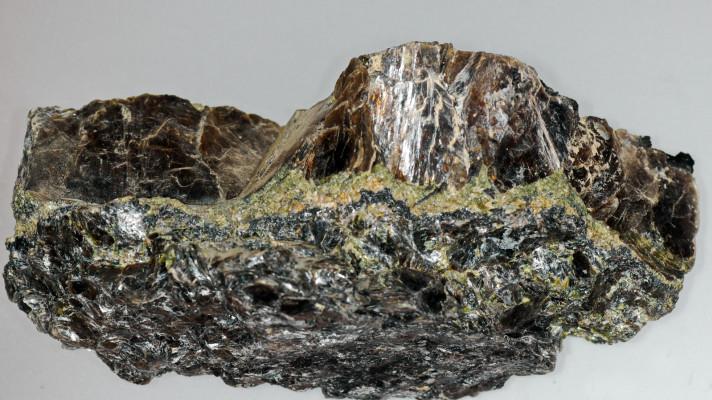Researchers investigate suitability of rocks at Ketzin for storing CO2
In 2008, the injection of CO2 started at Ketzin in Germany, Europe's first onshore carbon storage site. A recently published paper has reported on the findings of experiments conducted on the rocks at Ketzin, which contributed important information about their safety and feasibility for storing CO2. No significant changes to the rocks were observed 15 months after they had been injected with CO2.
Carbon dioxide emissions from power generation using fossil fuel are a major source of global CO2 emissions. Capturing CO2 from power stations and storing it underground is considered by many to be a feasible way of reducing carbon emissions, allowing society more time to replace fossil fuels with renewable and sustainable sources of energy. There are concerns, however, about the safety and environmental effects of long-term underground storage of CO2.
As part of ongoing experiments into the effectiveness and safety of storing carbon dioxide (CO2) underground, the researchers injected CO2 into samples of sandstone rocks taken from the German Stuttgart Formation, a potential area of long-term storage for CO2. Here, the first European on-shore storage site of CO2, partly funded by the EU under the CO2SINK project1, can be found at Ketzin.
The rocks are saline aquifers, which are typically porous (containing many tiny holes) filled with brine (water containing dissolved salts). When injected, the CO2 is stored when it dissolves in the saline water or displaces brine from the pores.
The series of experiments provided information on the long-term behaviour of the CO2 stored in the rocks. The rock samples were placed in high-pressure containers and exposed to CO2 for varying lengths of time, under similar temperature and pressure conditions to those found in the actual storage site. The brine used in the experiments was similar to that found in the sandstone reservoirs at Ketzin.
After six months of exposure there were no significant changes in the rocks. After 15 months, it appeared that the rocks were becoming slightly more porous and absorbent as there were a higher proportion of larger-sized pores. These small changes could result from minerals in the rock dissolving, which would enlarge the pores, and it is not believed that this could be an issue for carbon storage in sandstone aquifers.
Longer-run exposure experiments are continuing and no further relevant changes have been observed in the rocks. Results to date from a wide range of experiments suggest that long-term storage of CO2 in the German Stuttgart Formation is feasible.
- CO2SINK was supported by the European Commission under the Sixth Framework Programme. See: www.CO2sink.org
Source: Zemke, K., Liebscher, A., Wandrey, M. et al. (2010) Petrophysical analysis to investigate the effects of carbon dioxide storage in a subsurface saline aquifer at Ketzin, Germany (CO2SINK). International Journal of Greenhouse Gas Control. Doi:10.1016/j.ijggc.2010.04.008.
Contact: zemke@gfz-potsdam.de
